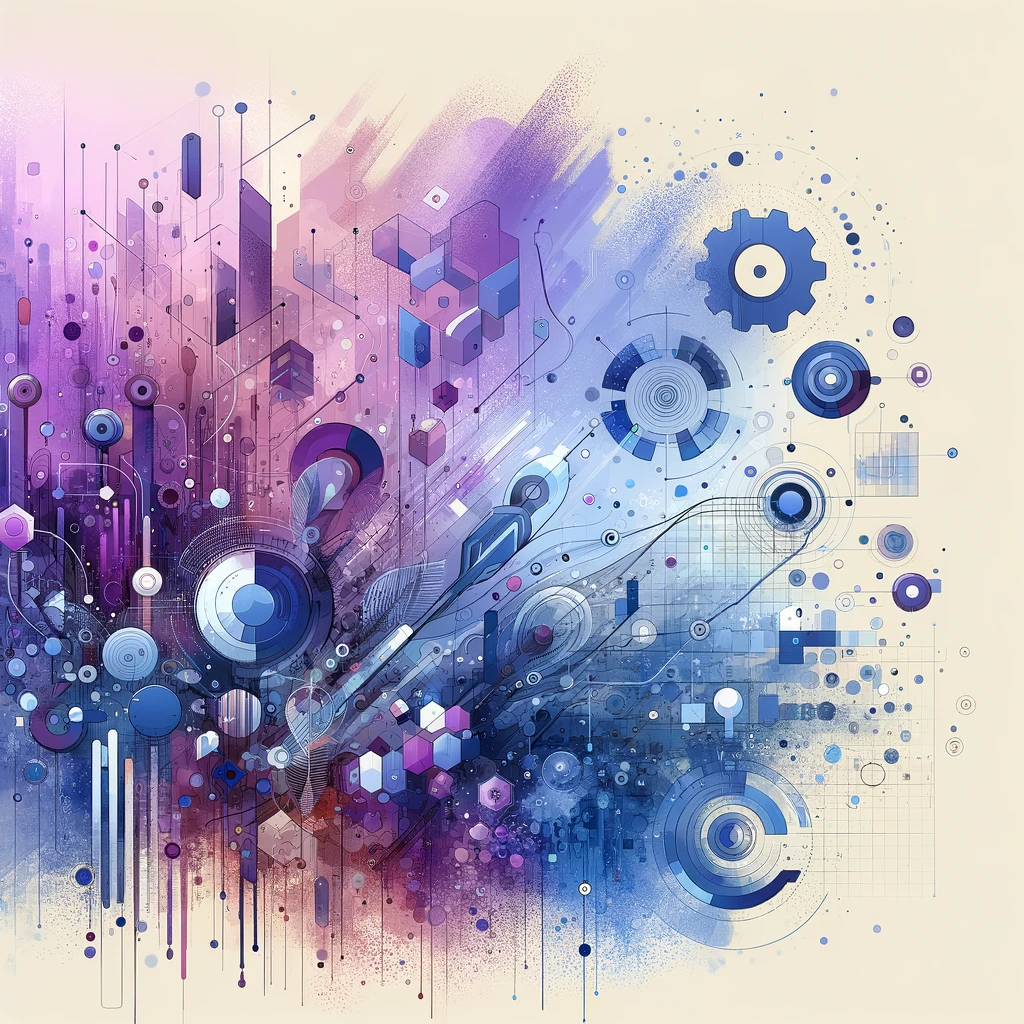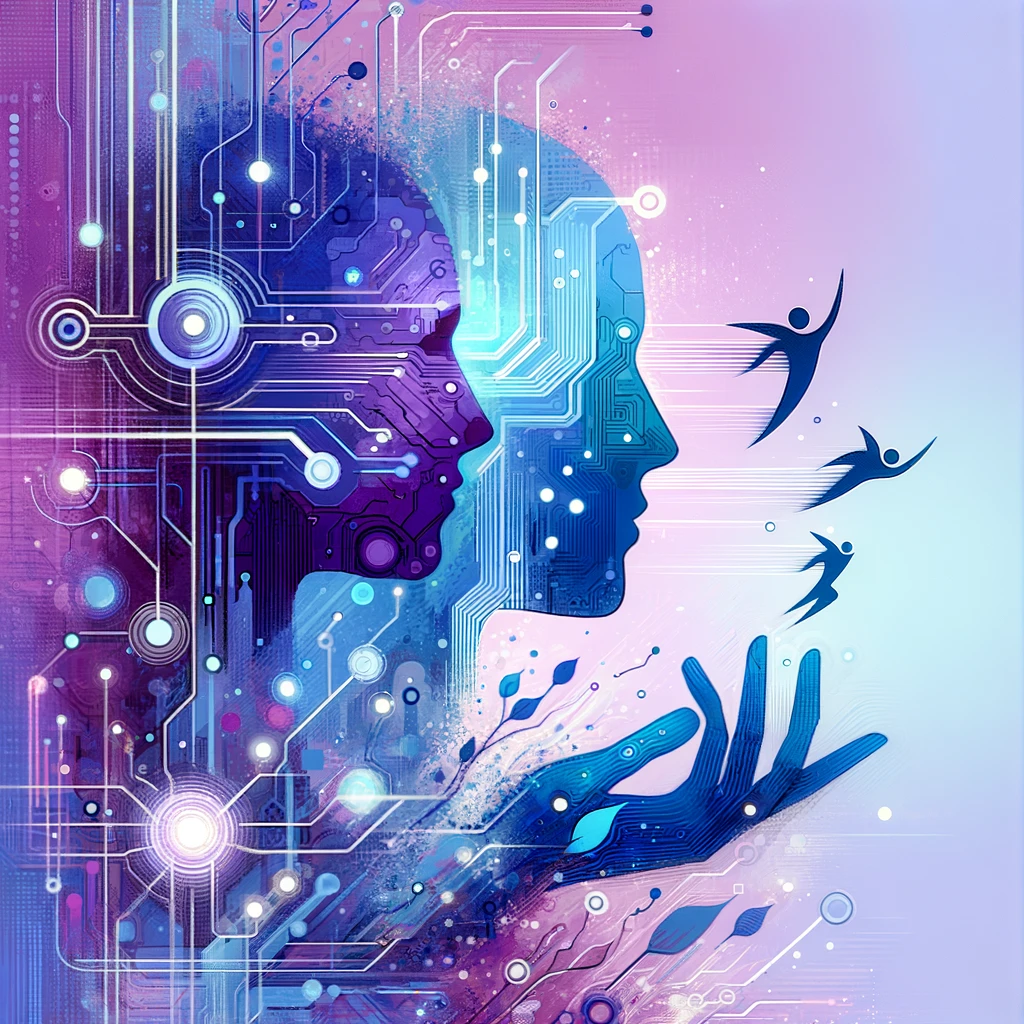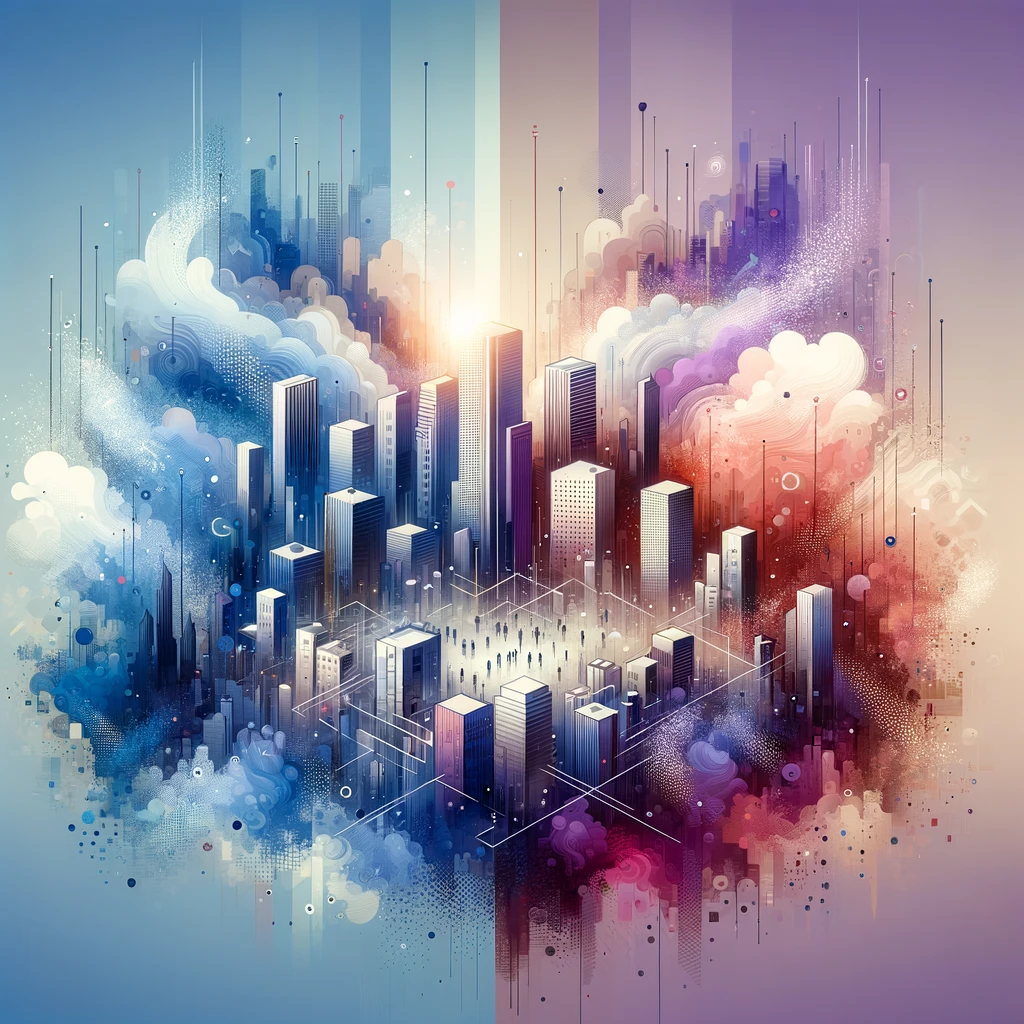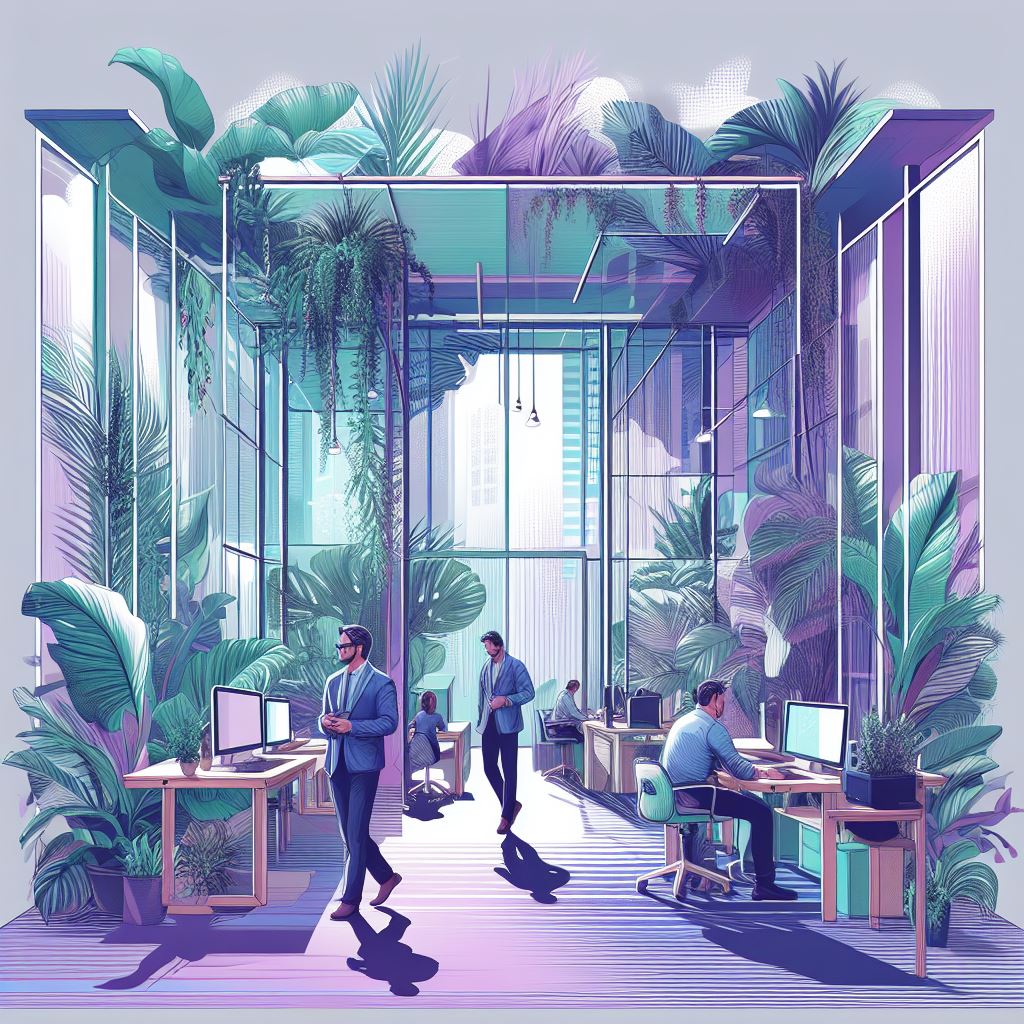AI and Automation: Pioneers of the Modern Workplace
The digital age has ushered in a wave of innovations, with artificial intelligence (AI) and automation at the forefront. These aren’t merely fleeting trends; they’re catalysts, reshaping the contours of businesses and the very essence of the workplace. Let’s journey through the transformative power of these technologies, exploring their multifaceted impact.
A New Dawn in Productivity
The age-old quest for efficiency finds a new ally in automation. Gone are the days when repetitive tasks, like data entry or appointment setting, consumed hours of human labor. Automation tools have seamlessly taken over, liberating the workforce to focus on more strategic endeavors. Meanwhile, AI-driven analytics are revolutionizing decision-making. By swiftly processing vast data troves, they offer insights at unprecedented speeds, ensuring businesses remain agile and informed. A study suggests that in today’s competitive market, where quality, cost, and availability are paramount, automation is essential.
Redefining Customer Engagement
In today’s digital era, the customer is king, and personalization is the key to the kingdom. AI delves deep into customer data, curating tailored product suggestions and content that resonate with individual preferences. But the magic doesn’t end there. Imagine seeking support online and being greeted by chatbots and virtual assistants, ready to assist round the clock. This 24/7 support framework, powered by AI, is elevating customer experiences to new heights.
Data: The Goldmine of the 21st Century
Data management has undergone a paradigm shift, thanks to AI. Complex algorithms sift through expansive datasets, unveiling patterns and trends that would have otherwise remained obscured. Moreover, the predictive prowess of AI is nothing short of remarkable. From forecasting sales trajectories to anticipating consumer behaviors, businesses equipped with AI are always a step ahead.

Unleashing Creativity
Contrary to popular belief, AI and automation aren’t stifling creativity; they’re enhancing it. Design processes are now more informed, with AI tools suggesting optimizations. Even content creation has seen AI’s touch, with algorithms capable of generating basic reports or articles. And when it’s time for brainstorming, automation tools stand ready, ensuring every spark of innovation is captured and categorized.
The Evolving Work Landscape
With automation shouldering repetitive tasks, the job market is in flux, giving birth to roles that were once the stuff of science fiction. These new positions, whether they revolve around overseeing AI systems or interpreting the insights they generate, underscore the importance of continuous learning. In this dynamic landscape, upskilling isn’t just beneficial; it’s essential.
Guardians of the Digital Realm
Security in the digital age has found steadfast guardians in AI. Real-time threat detection and neutralization, once a herculean task, are now streamlined with AI-driven security protocols. The finance sector, in particular, owes a debt of gratitude to AI. Sophisticated algorithms tirelessly analyze transaction patterns, identifying and thwarting potentially fraudulent activities.
Remote Work: The New Normal
The surge in remote work has brought with it unique challenges, and AI has risen to the occasion. Virtual onboarding, once a logistical nightmare, is now facilitated by AI platforms that handle everything from document verification to training modules. And as global teams collaborate, automation tools play the unsung hero, managing schedules across time zones and even summarizing key points from virtual meetings.
Sustainability Meets Innovation
The modern workspace is evolving, with sustainability at its core. AI-driven systems are leading the charge, optimizing energy consumption by monitoring and adjusting lighting, heating, and cooling based on usage. Even resource allocation has seen the touch of automation, ensuring optimal utilization and minimal waste. Based on PwC research, by 2030, AI applications could cut global GHG emissions by 4%, equal to 2.4 Gt CO2e – akin to the combined yearly emissions of Australia, Canada, and Japan.
In Conclusion
The integration of AI and automation into the workplace narrative is rewriting the rules of business. Their influence extends far beyond HR, touching every aspect of operations. As we stand at this technological crossroads, one thing is clear: AI and automation are not just shaping the present; they’re sculpting the future of work.









